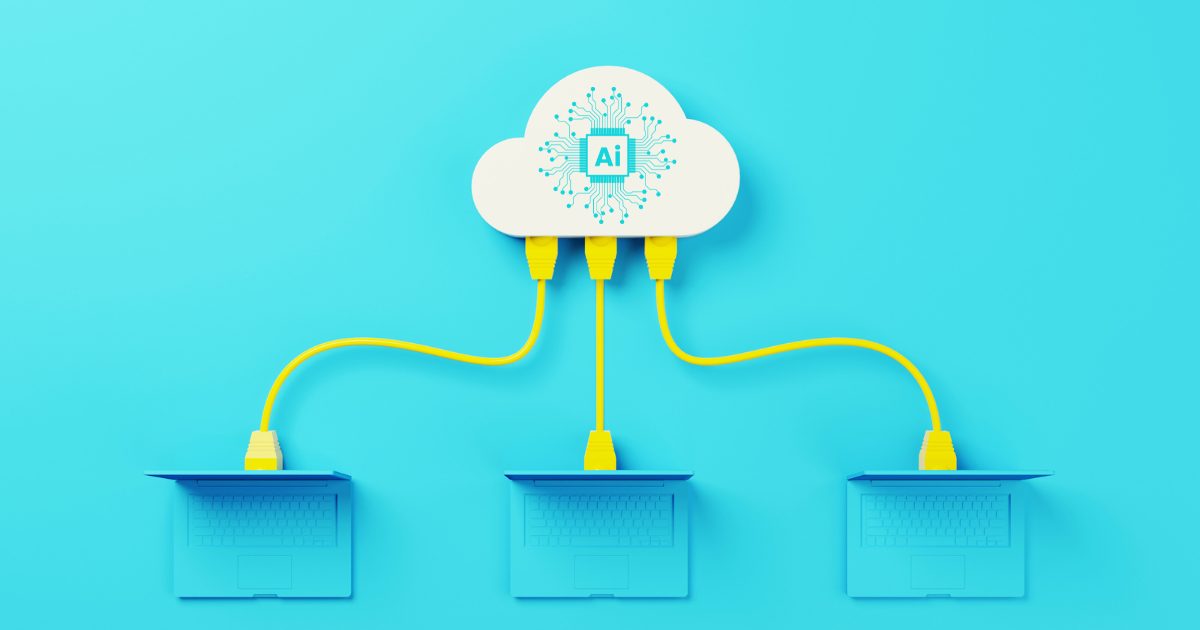If all you have is a hammer, everything looks like a nail. Therefore, you can’t always trust the recommendation of a company that only does custom code, or only does configuration. At Elantis, we do both. So, which one is right for your digital transformation?
Each solution offers its own distinct advantages and disadvantages. Here are some things to consider:
- Is it a differentiator for your business? Let’s be clear, just because something is not a differentiator, it does not mean that you cannot gain efficiency from automating it. However, whether it is a differentiator may determine how much time and money you want to invest in automating it. Custom coded apps are inherently more expensive and expertise can be scarce, so a routine process such as a vacation request or an accounts receivable approval may not warrant a custom developed application. However, an application that improves a process that is client facing or gives you a distinct advantage over your competitors is likely worth investing in.
- What is your Budget? Less customization means less development time and in turn a lower cost. Configuration on platforms such as Valo Intranet or Nintex Forms and Workflows allow for rapid development using pre-existing foundational code. Elantis experts can typically create a configured solution for 60-70% less than custom application development.
- Is a specialized user experience required? Platforms such as Nintex forms and Microsoft Flow provide a great user experience. But there are some limitations. Custom code means the world is your oyster – the only limitations are your budget and your imagination.
- How likely is this process to evolve over time? Some processes are more likely to change over time than others. While both code and configuration can be updated, the flexibility of configuration makes future changes much easier to handle. If you are planning to automate a new process or one that is likely to evolve in the near future, configuration might be a better choice.
- Do you want to maintain this solution in house or outsource? Unless you have skilled developers on staff, it is unlikely you will be able to update and maintain custom code solutions. On the other hand, configured solutions typically have a simpler development interface. For example, Nintex’ drag and drop form and workflow designers allow changes to be made without extensive knowledge of any coding language.
These factors, together with your unique business needs, shape the decision to innovate with custom coded apps or through configuration platform. Whichever is right for you, Elantis can help you progress your journey through automation and digital transformation.
Do you need an second opinion on whether to use custom code or configuration on your next automation project? Contact our experts today.



























